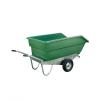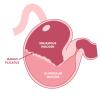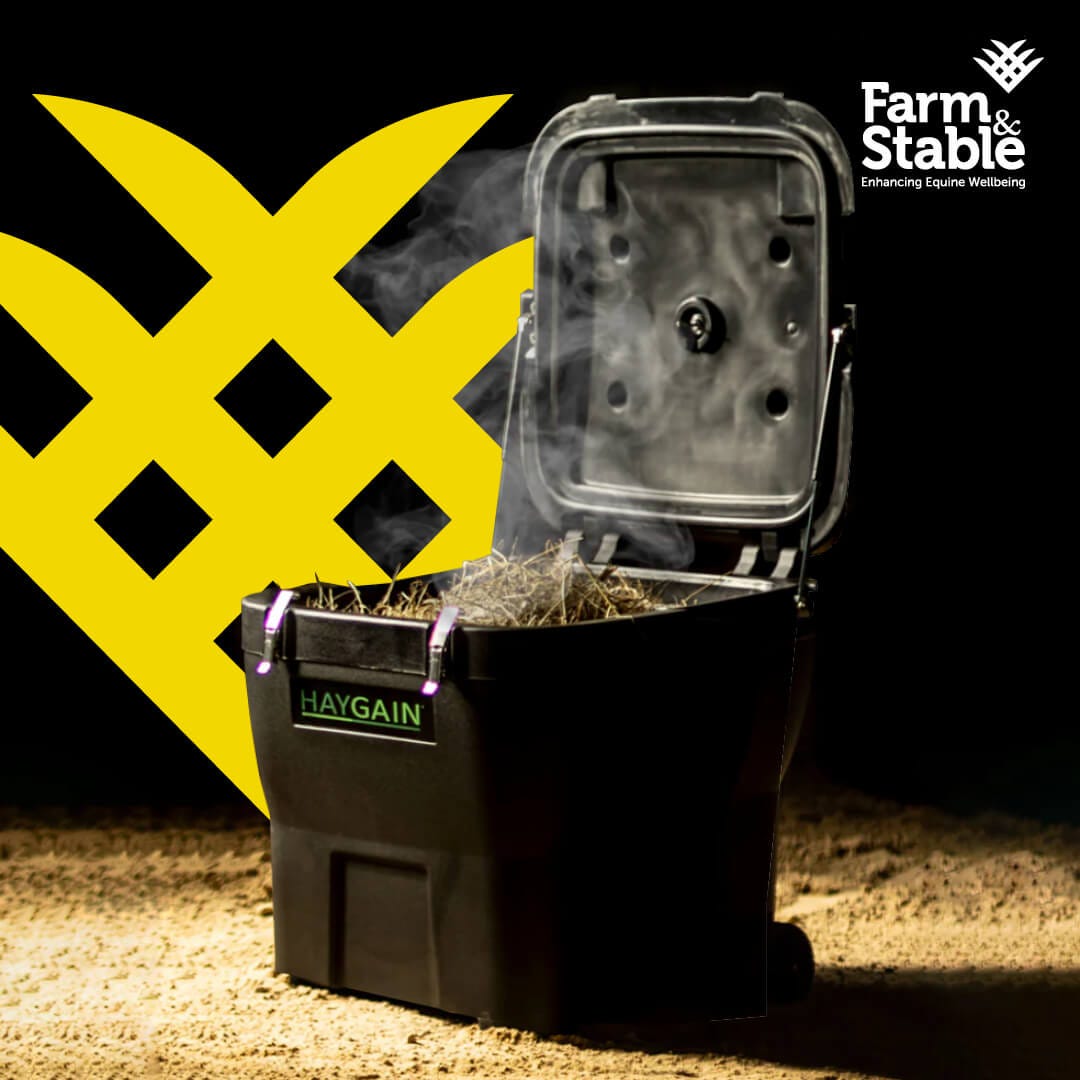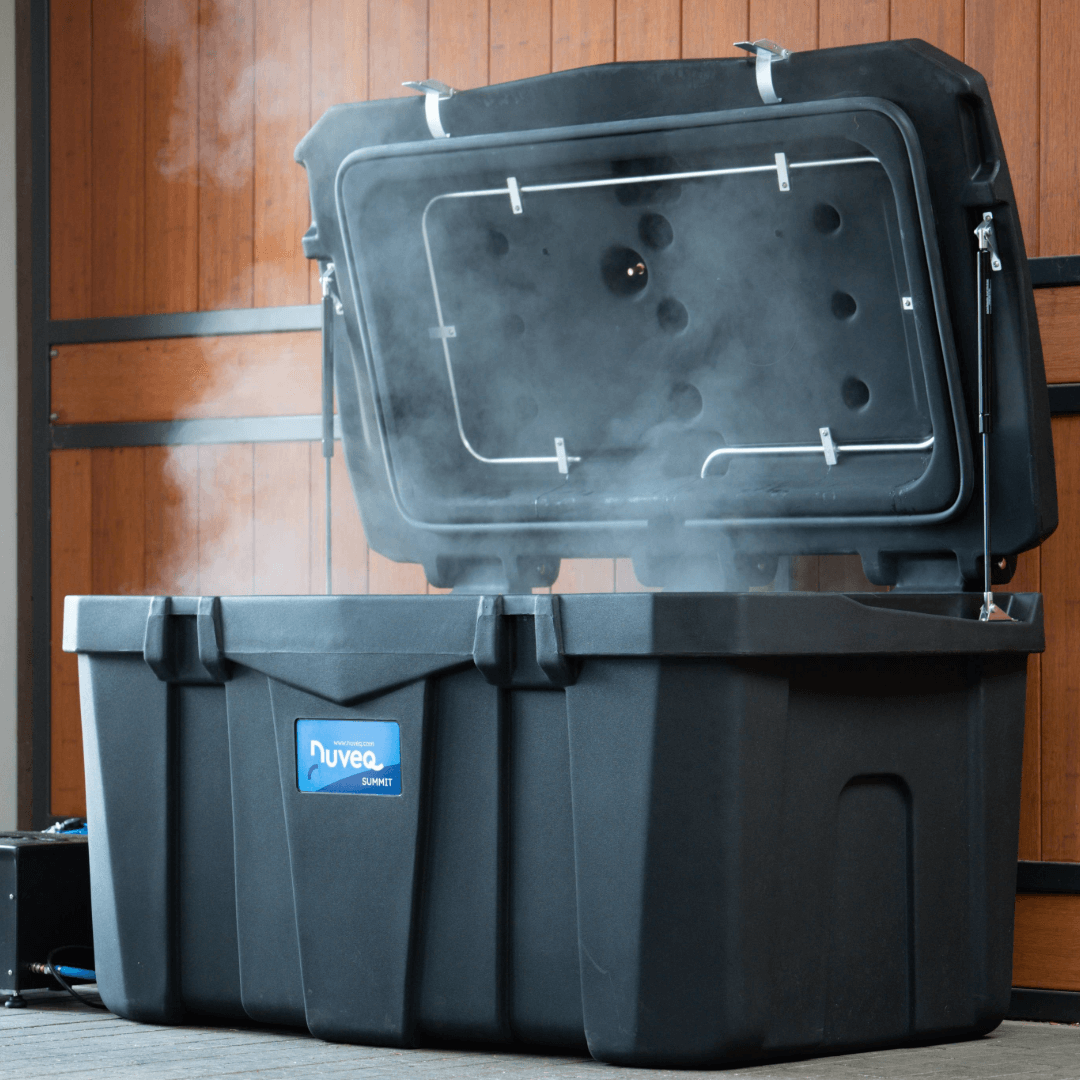Bone Development in Horses
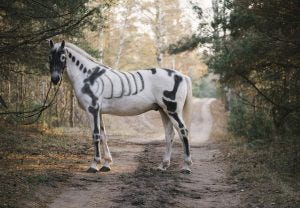
 Most of what has been studied about bone development and horse nutrition has come in the last 40 years or so. Horse diseases, best horse feed for weight gain, foal nutrition and what to feed horses are all topical issues. Equine bones, osteochondrosis, bone abnormalities, bone cysts in horses and the ocd problem can sometimes be caused by rapid growth or poor knowledge of the nutrient requirement of horses, leaving weak bone diseases.
Most of what has been studied about bone development and horse nutrition has come in the last 40 years or so. Horse diseases, best horse feed for weight gain, foal nutrition and what to feed horses are all topical issues. Equine bones, osteochondrosis, bone abnormalities, bone cysts in horses and the ocd problem can sometimes be caused by rapid growth or poor knowledge of the nutrient requirement of horses, leaving weak bone diseases.
There are two kinds of bone in horses, flat bone (mainly found in the skull and pelvis area) and long bone (found in limbs and thighs). Flat bone is a protective type of bone and is formed by a process known as intramembranous ossification. Long bone is formed by endochondral ossification.
Endochondral ossification is the process by which growing cartilage is systematically replaced by bone, the process happens in major steps, firstly, Hypertrophication – chondrocyte cells grow, secondly, calcification and the hardening of the hyaline cartilage matrix, thirdly, chrondrocytes die and leave cavities in the bone. Lastly, periosteal bud invasion – nutrients are delivered to the bone in the blood vessels and nerves enter.

Endochondral ossification is the particular area where bone formation in horses has proved to be influenced by certain diet additives. Calphormin manufactured by TRM in Ireland has data and trial results to prove that the inclusion of sodium zeolite in the form presented helps enhance bone calcification.
Mares fed correctly should start in the third trimester as bone formation is taking place. Nutrients are carried forward in the mare’s milk and foal creep pellets will improve the skeletal development of the foal and help in the prevention of Epiphysitis and equine ocd later in life.
Other nutritional elements include calcium and phosphorus – fed at the correct ratio to each other as an excess of phosphorus relative to calcium will result in reduced calcium absorption. Chelated copper, zinc and lysine for horses are also essential to keep a horse sound.
Lastly, involve qualified experts to assist in horse breeding programmes, involve your vet and nutritionist for the best horse feed advice.
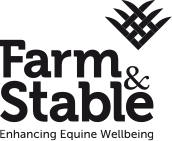

 Forgotten your password?
Forgotten your password?  Free Delivery on all orders over £95+VAT
Free Delivery on all orders over £95+VAT
